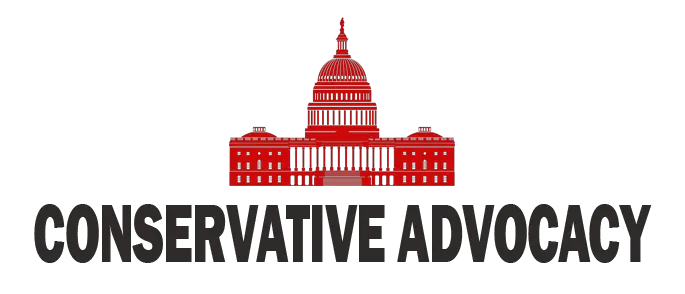In the latest discussion on the state of the economy, Charles Payne, often affectionately dubbed Mr. Finance, shared some eye-opening insights. Despite the overall economic recovery seen in certain sectors, Payne expressed deep concern for those struggling at the lower end of the economic spectrum. As he pointed out, there seems to be a widening gap, resembling a steep canyon, between those benefiting from the stock market and those who are finding it increasingly difficult to make ends meet.
Payne’s analysis highlighted the stark differences between states governed by conservative and liberal ideologies. Bright red states appear to be prospering, with lower prices and more stable economies, while dark blue states seem to be floundering, plagued by rising living costs and higher taxes. It’s a classic battle of ideologies with real consequences for everyday Americans. In fact, Payne mentioned how younger generations are particularly affected by this divide, with many young adults in blue states still living at home with their parents. This situation raises eyebrows, making one wonder if there’s a connection between youthful economic struggles and the governance style of their states.
But why are the blue states struggling more than their red counterparts? According to Payne, it’s often due to higher energy costs and regulations that stifle growth. The states with the most expensive electricity tend to be those managed by liberal leadership. When you think about it, California is notorious for its sky-high electricity rates, and other blue states aren’t too far behind. Policymakers in these regions seem to push for regulations that exacerbate these issues, driving up costs instead of fostering competitive environments that benefit their constituents.
Meanwhile, red states are flourishing economically, attracting both businesses and residents. People are leaving blue states in droves, seeking better opportunities where taxes are lower and job markets are more robust. Residents from traditionally Democratic states like New York and Illinois are packing their bags and heading to friendlier territories, like Texas and Florida, where the cost of living is more manageable, and the job market is booming. It’s almost like an economic migration, where citizens are voting with their feet— opting for economic freedom over heavy regulations and high costs.
Lastly, as parents and guardians, there’s a growing responsibility to educate the younger generations about the ramifications of these economic realities. As Payne noted in his own experiences, it can feel like an uphill battle to counteract the liberal ideologies being ingrained in our children’s education, especially in blue states. For many, private schooling is becoming a necessary refuge, yet even that can come with a heavy price tag. To navigate these challenges, families must stay informed and proactive, ensuring their kids are equipped to compete and thrive in an economy that sometimes seems rigged against them.
In conclusion, the contrast between red and blue states is more than just a political debate; it applies directly to the economic well-being of families. The gap between the affluent and the struggling continues to widen, and it’s essential for both the GOP and concerned citizens to address these disparities. Understanding these dynamics can help shed light on why conservative principles may prove to be the key to unlocking more opportunities for everyone, particularly for those who need it most.




